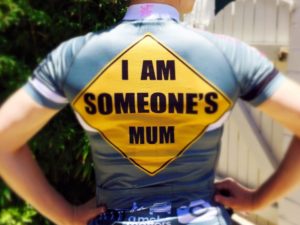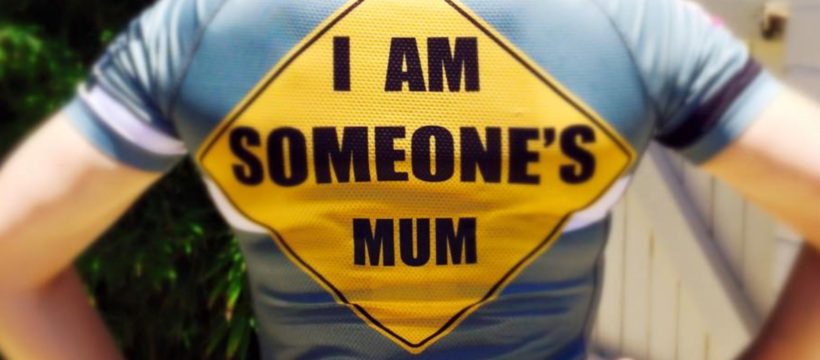cycling advocacy is the job of all cyclists

I’ve always thought of cycling advocacy as the job of people employed by advocacy groups and those keen riders who constantly push for new riding infrastructure and road safety. But in recent times it occurred to me that bicycle advocacy is actually the role that all riders play, just by being riders. What I mean, is that it’s every rider’s responsibility to improve road safety and push for improved infrastructure.
My role in advocacy is to write blog posts like this and my past posts to help educate drivers. But we can all do our bit just by being out there. Every time you get on your bike on the road or path you are showing the world that cycling is a great thing to do.
It’s great for physical and mental health which contributes to a lowering of the amount of government money spent.
It’s great for the environment.
It’s great for the community overall because there’s less cars on the road and less congestion and also less wear and tear on roads.
As well as riding to demonstrate your support of cycling, you can also talk about it to your non-riding friends and use your social media channels to reach them too. One thing we really need to do with cycling advocacy is to humanise cyclists. By that I mean we need to make car drivers see us as human beings, not annoying ‘creatures’ that they feel will slow them down. A study undertaken by Monash and Melbourne Unis found that 31 per cent of respondents saw cyclists as ‘less than human’.
I also had a conversation recently with a fellow cyclist who put forward an interesting theory about the way many drivers view cyclists. They see us as a single cohort, similar to the way that some people may see another ethnic group. So when an aggressive driver sees a cyclist behaving badly they extrapolate that behaviour to every cyclist they see, rather than thinking that person is one badly behaved rider. Strangely they don’t see all drivers that way. If you are driving a car and you see another driver behaving badly you don’t decide that all drivers are bad, you individualise that behaviour. That’s where we need to get to with cyclists.
And while I’m on the subject of change, I think we also need to change our language when we speak about drivers of vehicles on the road. Most people tend to say ‘the car pulled out in front of me’, rather than ‘the driver pulled out in front of me’. The car is an inanimate object and it’s the driver who behaved poorly. So next time you’re describing this type of situation mention that driver rather than the poor car.
As I said earlier I believe we are all cycling advocates, however there are some people who do it for a living and are very passionate about changing things for the better for all of us.
The first one is the Amy Gillett Foundation which I’ve written about before. I feel even more connected to the Amy Gillett Foundation after spending two weeks on a Japan cycling tour last year with Amy’s mother Mary.
The second is Fiona Campbell who is the Cycling Strategist with the City of Sydney council. She works hard to keep active transport as a high priority. The Council’s 2018 Cycling Strategy and Action Plan set in place four priorities – Connect the network; Support people to ride; Support business; Lead by example.
The other person I want to mention is Bastien Wallace from Bicycle NSW. She joined that organisation about a year ago and really put cycling advocacy to the fore. She’s a tenacious woman who is passionate about improving cycling infrastructure and road conditions for cyclists through lobbying governments and other activities. She’s identified three policy themes – Build it for everyone; Safe home; Invest now for health.

